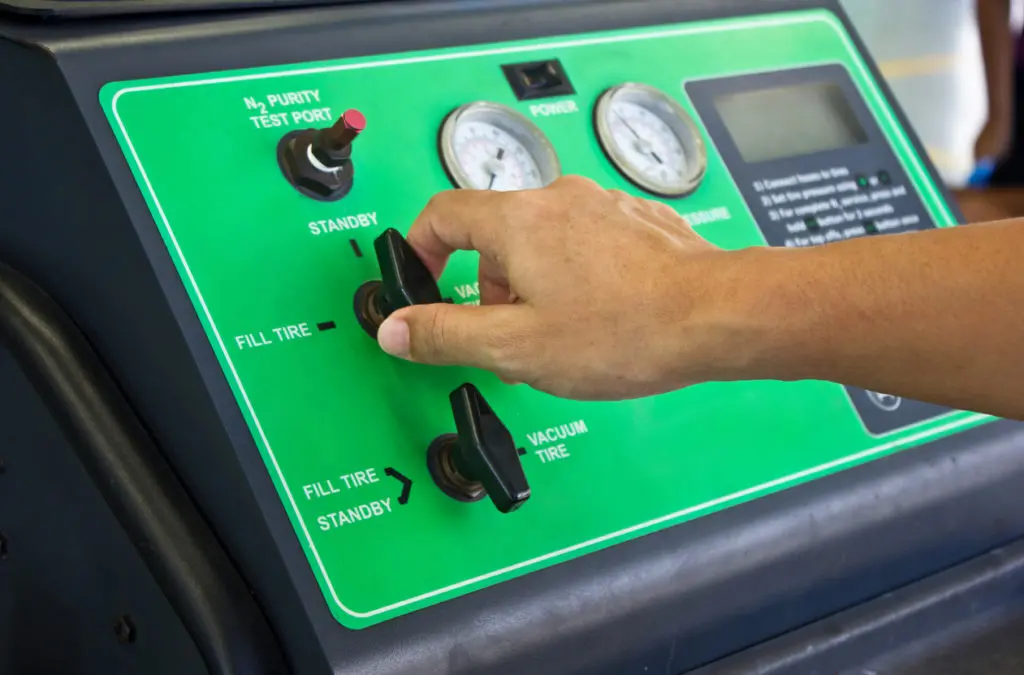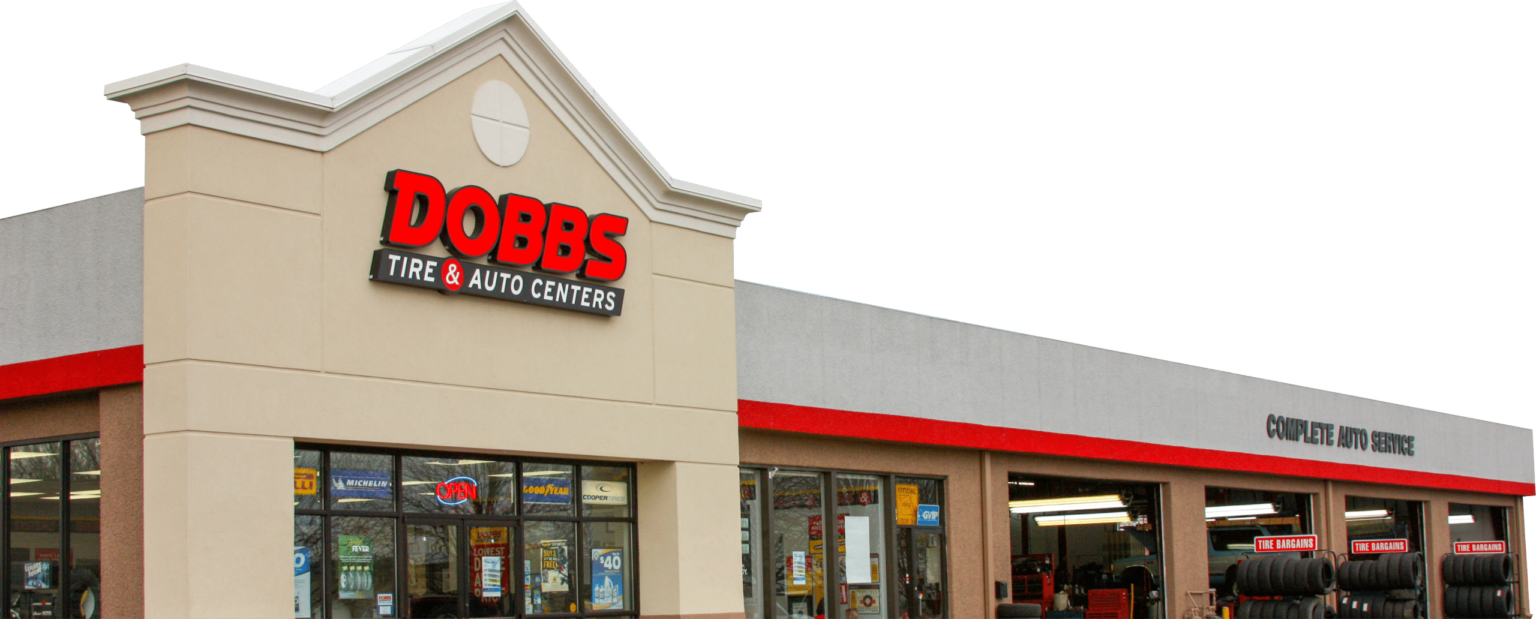Nitrogen Tire Fill – Do You Need It?
Air-filled tires have a long history – Robert W. Thomson patented the air-filled rubber tire 170 years ago, in 1847! Until tire manufacturers perfect the airless tire and regulators make room for airless tires on the highway, air-filled tires are here to stay. Tire pressure is quite important, ensuring safety, traction, and longevity of your tires, but there’s a problem. Over time, air seeps through even “perfectly” sealed tires, and tire pressure fluctuates with ambient temperature and tire temperature.
It’s a good idea to check and adjust your tire pressures on a weekly basis, especially as the seasons change. Usually, you can count on air to be pretty much everywhere, and filling up your tires with the stuff only requires some basic equipment and absolutely no special training – even a bicycle pump will do. On the other hand, nitrogen tire fill is relatively new and might cost you some extra money out of pocket, but what is it? More importantly, do you need it in your tires?
Nitrogen Tire Fill
Now, what we refer to as “air” is a mix of different gases – 78% nitrogen, 21% oxygen, and 1% other gases, such as carbon dioxide or water vapor. Years ago, race teams discovered tire temperature didn’t affect tire pressure as much when the tires were filled with nitrogen, instead of just air. Nitrogen tire fill generally refers to filling your tires with at least 95% purity, as opposed to the 78% nitrogen content of air. In racing, stable tire pressure could mean -nths-of-a-second difference on the track, or the difference between 1st and 2nd place on the podium.
Nitrogen tire fill has its benefits, even for your work truck or commuter car, which will probably never see pole position or a podium in its life. Possibly, it prevents oxidation, maintains air pressure, and improves fuel economy. In fact, all of these statements are true, but do they make enough of a difference to make it worth the time, money, and hassle of having this service done and maintained?
Advantages and Disadvantages
Nitrogen tire fill service typically costs upwards of $50 per tire. It requires special equipment, which not all shops carry and not all technicians are trained to use. A nitrogen tire fill service also takes quite a bit of time, up to thirty minutes, in some cases. For all this time, equipment, and exclusivity, you get marginal boosts in tire life and fuel economy. To a certain extent, dry nitrogen, as opposed to possibly “wet” shop air, may also prevent wheel corrosion.
Filling your tires with air, on the other hand, can be done just about anywhere, at every shop in the country and at many gas stations. You can usually get air in your tires for free or a couple of bucks at a gas station. You can even use a bicycle pump or a portable compressor, plugged into your car’s 12 V power outlet.
Nitrogen won’t do anything bad to your tires – it is an inert gas, after all, but how much good does it do compared to its claims? The answer, according to the experts, could be summed up as “slightly better than air.”
Should You Get a Nitrogen Tire Fill?
As part of a Consumer Reports study, in 2007, 31 pairs of various tire makes and models were filled to 30 psi, half with “air” and half with 95% pure nitrogen. Seasonal temperature/pressure fluctuations and possible oxidation benefits were not taken into account by that particular test. After a year of sitting outside, the average air-filled tire dropped by 3.5 psi, while the nitrogen-filled tires lost an average of 2.2 psi, just 1.3 psi better.
Well, that’s something, right? Maybe, but considering that all tires lost pressure, it really only served to remind us that we need to check and adjust tire pressure regularly, no matter what they’re filled with. You’ll have to check and adjust tire pressure at least monthly, if not weekly, air or nitrogen. True, you could add air to top off a nitrogen-filled tire, but that would immediately negate any of the purported benefits. Of course, there’s also the added inconvenience of finding a nitrogen tire fill provider to refill the tires, later.
The anti-corrosive benefits of this service might be overstated, since wheels are protected by their paint. Rubber aging by oxidation seems to make sense, but no one can say with any certainty by how much. Besides, even if you put 95% nitrogen inside the tire, there’s still 21% oxygen outside the tire. As far as anyone can calculate, tires still have a useful lifespan of four to eight years, depending on how fast you wear out the tread, and no increase in tire life has been linked to nitrogen filling.
Still, there are a couple of circumstances in which you might want to consider this service. If you use your car primarily on the track, you could benefit from its thermal characteristics. If you’re putting your car into storage for a few months, your tires might benefit from its permeability characteristics, since it won’t seep through the rubber as quickly.
Dobbs Tire & Auto Centers is Here to Help
If you have a question about tire maintenance, tire rotation, or tire pressure, just ask one of our ASE-Certified technicians. If you need new tires, be sure to check out our tire specials. Since 1976, we’ve specialized in tires and auto repair, and Dobbs Tire & Auto Centers now has 45 locations in the St. Louis, MO, area. There’s probably one close to your home, work, or school.

